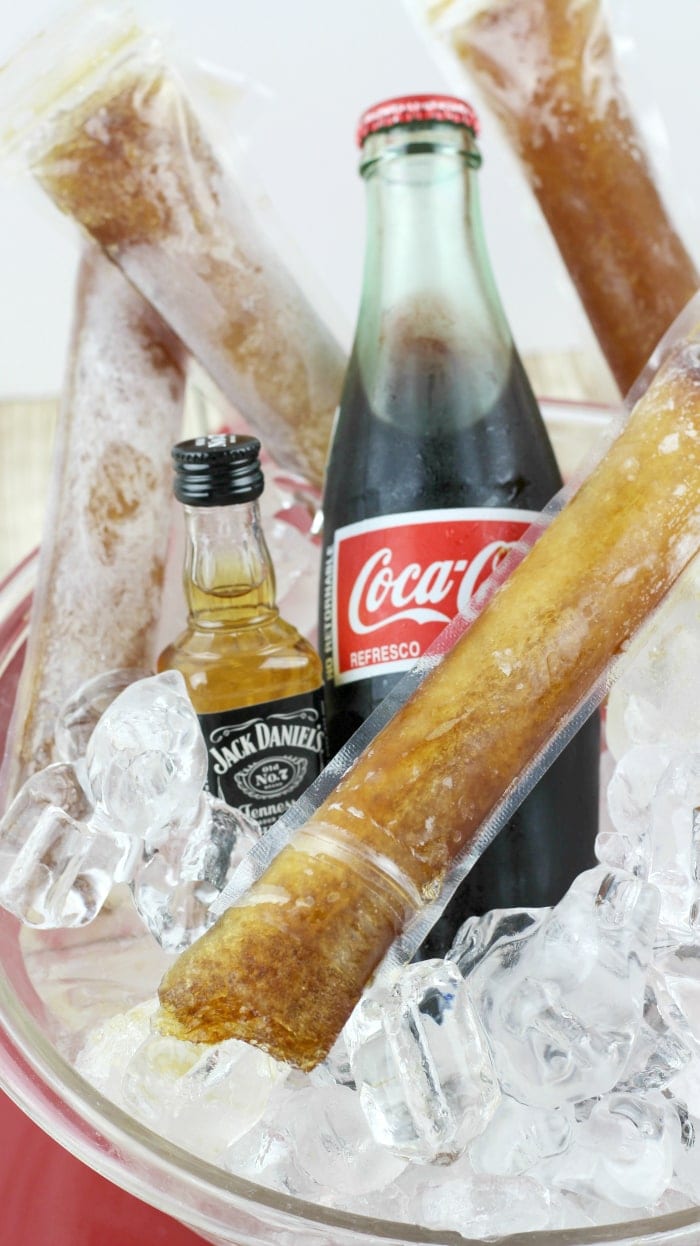The 6 Countries With the Most McDonald’s – and the 2 With None at All
The golden arches of McDonald’s have become one of the most recognizable symbols across the planet, but their reach isn’t quite as universal as you might expect. While the fast-food giant has spread its empire across the globe, some nations have embraced Big Macs more enthusiastically than others. Meanwhile, a few countries have managed to keep McDonald’s completely at bay, creating fascinating stories of cultural resistance and economic reality.
United States: The Golden Crown
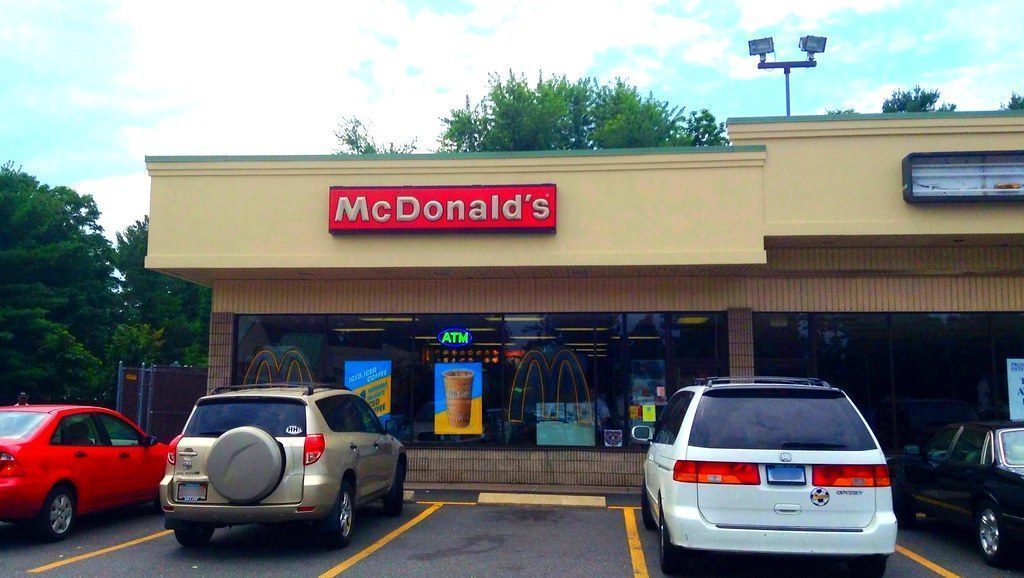
Let’s start with the obvious champion. The United States dominates the McDonald’s landscape with 13,557 restaurants as of 2024, making it the undisputed leader in McDonald’s density. This shouldn’t surprise anyone, given that McDonald’s originated in California back in 1940.
What’s really striking is how these locations spread across America. California leads the charge with 1,219 locations, followed by Texas with 1,147 locations, and Florida with 869 locations. When you consider that roughly one third of McDonald’s global revenue comes from American customers, the homeland advantage becomes crystal clear.
China: The Rapidly Growing Giant
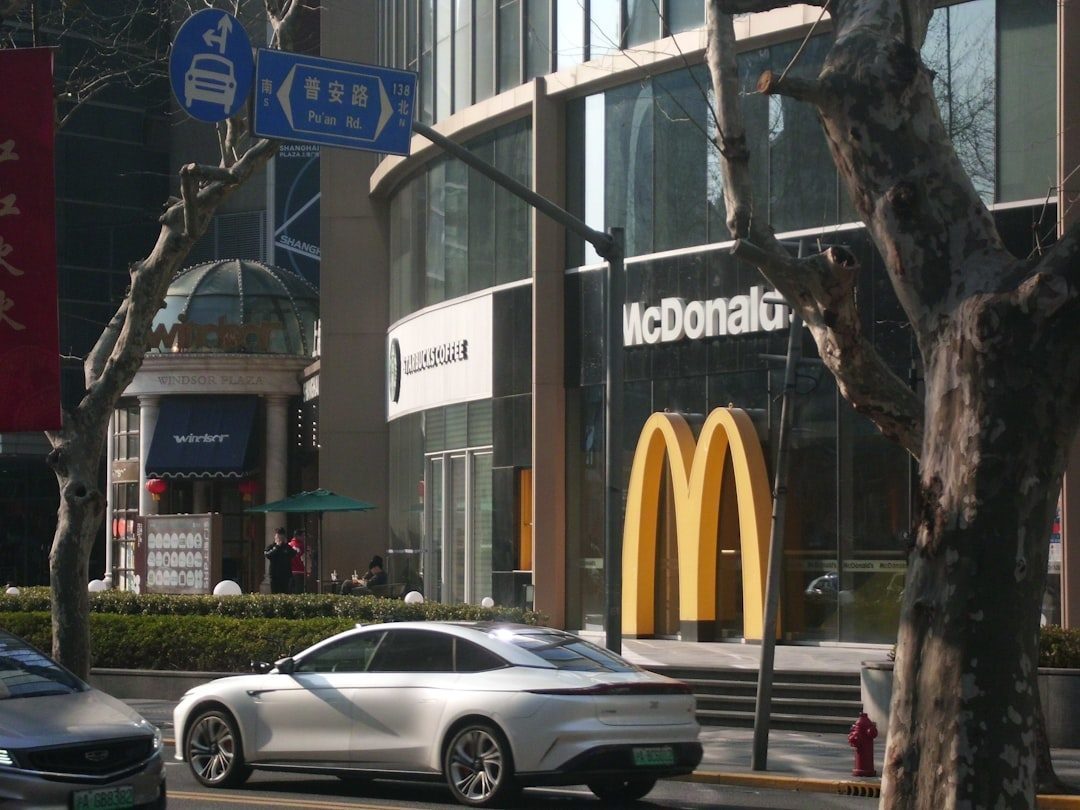
China has emerged as McDonald’s second-largest market with over 6,800 restaurants, a remarkable achievement for a country that didn’t see its first McDonald’s until 1990. The expansion has been nothing short of explosive, transforming China into a major pillar of McDonald’s international strategy.
Here’s what makes China’s story fascinating: McDonald’s targeted the opening of roughly 1,000 new restaurants in China alone for 2025 to capitalize on rising consumer demand in Asia. This aggressive expansion reflects the massive appetite for Western fast food among Chinese consumers, particularly in urban centers.
Japan: The Consistent Performer
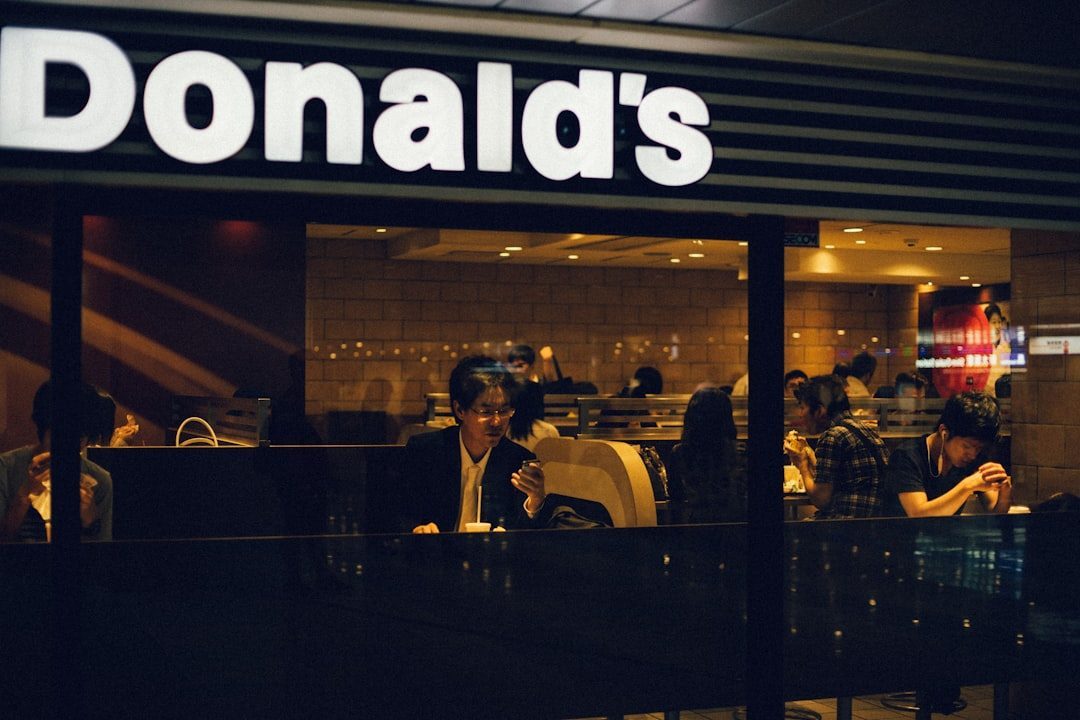
Japan has close to 5,000 McDonald’s restaurants, making it one of the largest markets outside the United States. Japan was McDonald’s first marketplace in Asia, though the numbers are said to be reducing considerably from previous highs.
The Japanese market demonstrates McDonald’s ability to adapt to local tastes while maintaining its core identity. You’ll find unique offerings like the Teriyaki Chicken Filet-O in McDonald’s restaurants in Japan, showing how the brand localizes its menu to fit cultural preferences.
France: European McDonald’s Headquarters
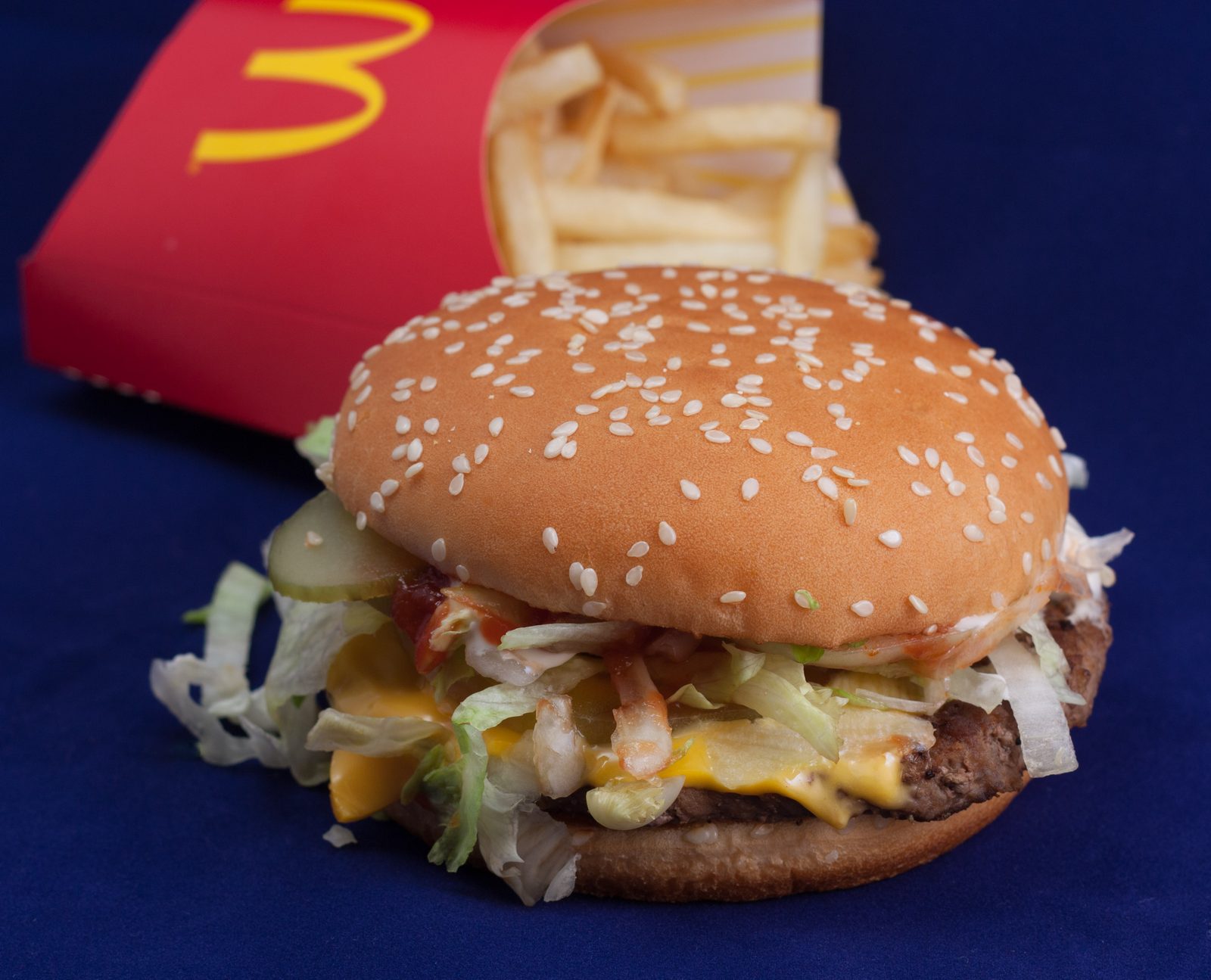
McDonald’s is a staple throughout Europe, with France leading the way for the old continent with approximately 1,600 McDonald’s restaurants within its borders, making it the clear European leader.
France’s embrace of McDonald’s might seem paradoxical given the country’s strong culinary traditions and initial resistance to American fast food. Yet the numbers don’t lie, and French consumers have clearly found their own relationship with the golden arches that works within their food culture.
Germany: The Steady European Contender

Germany maintains over 1,300 McDonald’s restaurants, positioning itself as France’s closest European competitor. With 1,472 locations and capturing 3.84% of the global McDonald’s market, Germany represents a solid, consistent market for the brand.
German McDonald’s locations offer their own local twists, including menu items like bratwurst that you won’t find elsewhere. The country’s strong economy and dense population centers create ideal conditions for McDonald’s continued presence.
Brazil: South American Stronghold
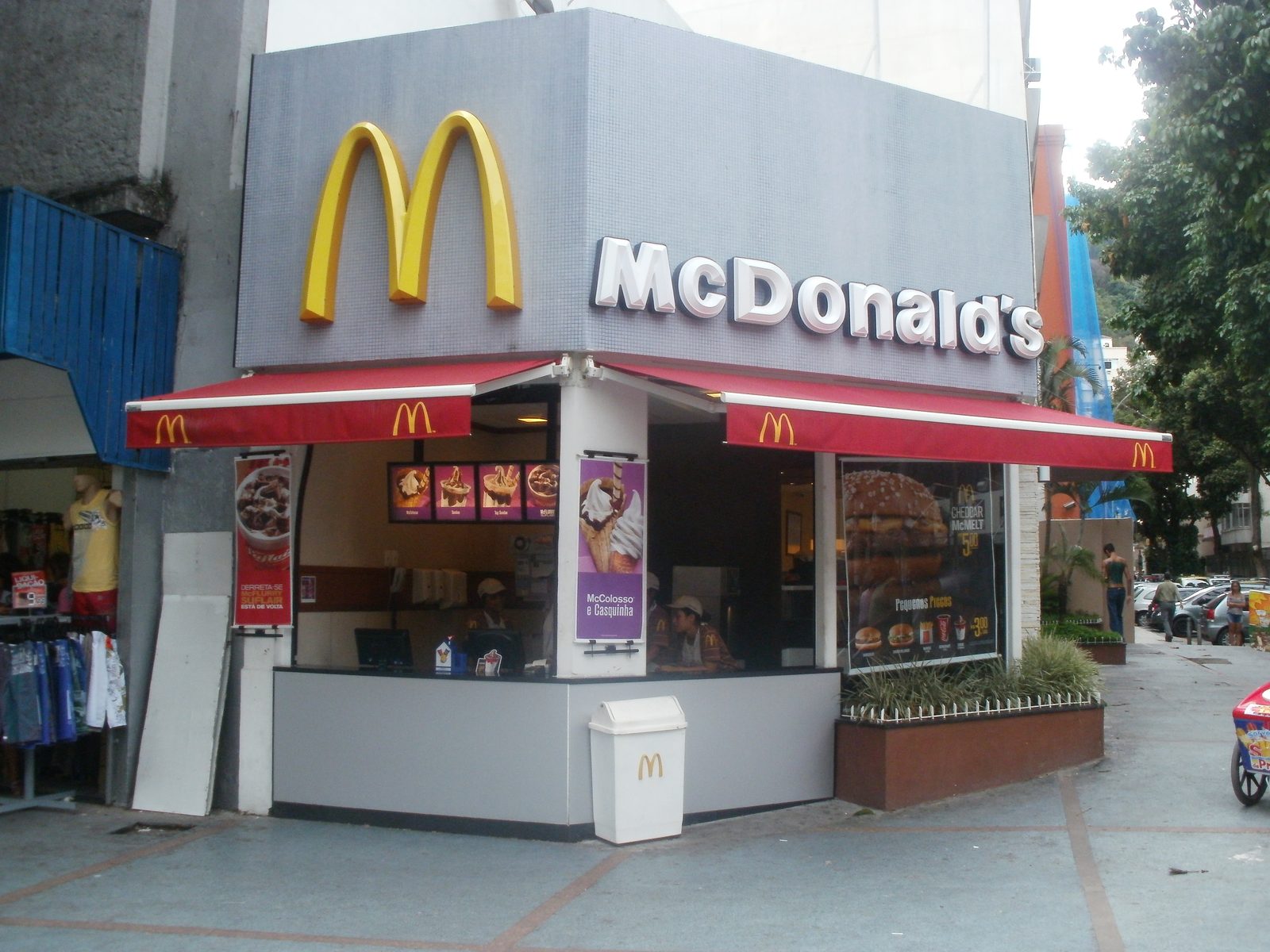
Brazil rounds out our top six with almost 1,200 McDonald’s restaurants, making it the undisputed leader in South America. McDonald’s opened its first restaurant in South America in 1979 in Brazil, establishing the foundation for what would become a major market.
Brazil maintains 1,023 locations with 2.67% of the global market share. The country’s large population and growing middle class have created sustainable demand for McDonald’s offerings, even as economic fluctuations have challenged other international brands in the region.
Iceland: The Economic Exodus

Now for the countries that said no to McDonald’s. Until 2009 Iceland had three McDonald’s branches, then the financial crisis and collapse of the currency that year caused the company to pull out of the land of fire and ice.
While McDonald’s used to have locations in Iceland’s capital city, Reykjavik, its current absence is related to the cost of importing goods, with all locations either closing or converting into something called Metro, a local brand after the country’s economy took a turn for the worse in 2009. Iceland’s story shows how economic realities can trump even the most successful global brands.
North Korea: The Political Barrier
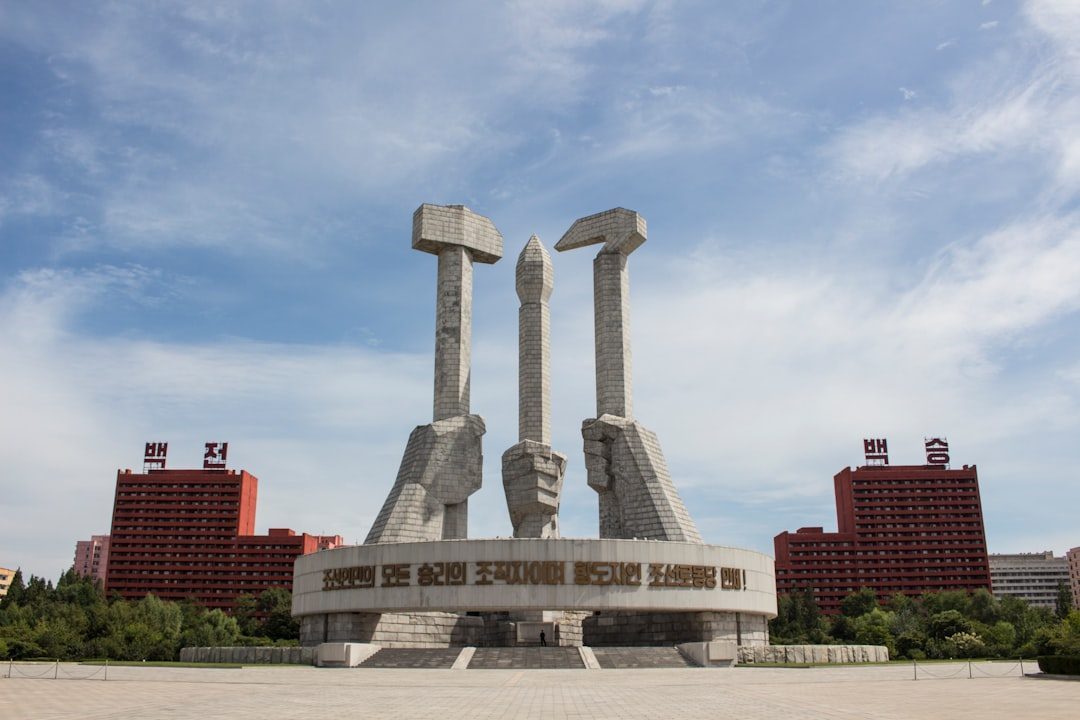
Due to tense international relations between the United States and the totalitarian regime in North Korea, McDonald’s has never operated within the country, and it’s doubtful the company ever will. Since it was founded in 1948, the Democratic People’s Republic of Korea has been a dictatorship, and its government’s anti-American sentiments means that the country has never had a McDonald’s.
Interestingly, after meeting then-President Donald Trump in 2018, Kim Jong Un seemed interested in allowing McDonald’s, or another American food chain, to open in North Korea as a show of good will. However, those discussions never progressed beyond diplomatic curiosity.
The global McDonald’s empire tells a fascinating story of cultural adaptation, economic opportunity, and political barriers. While billions served their meals in over 100 countries, the gaps in their coverage reveal just as much about our world as their successes do. What surprises you most about McDonald’s global reach?

